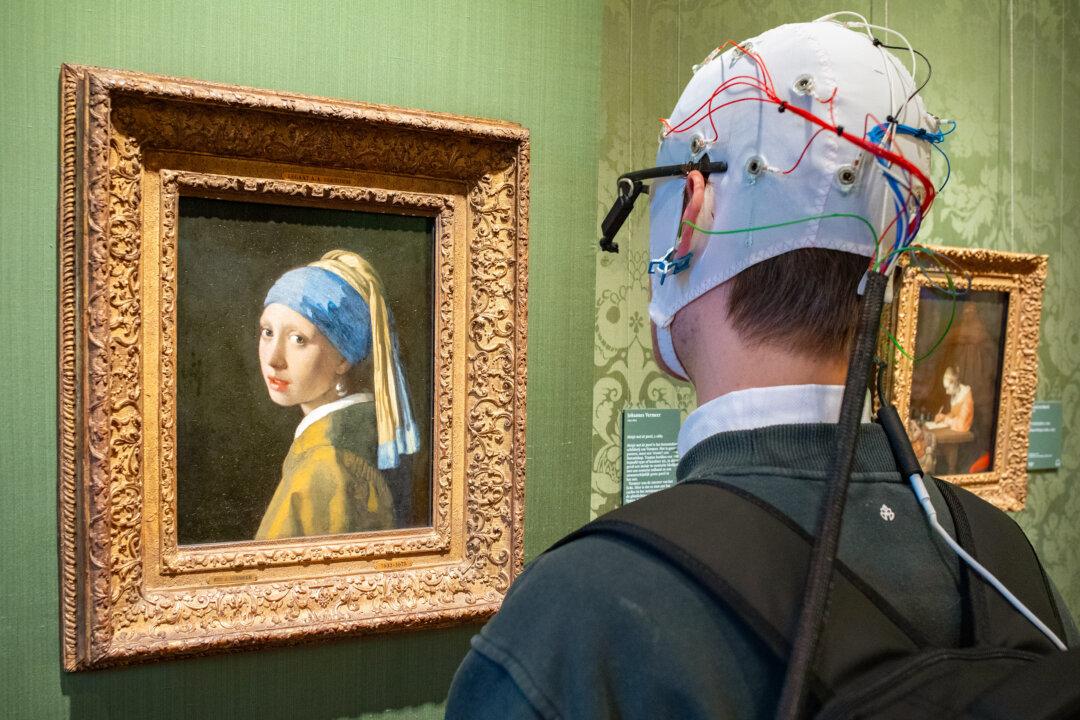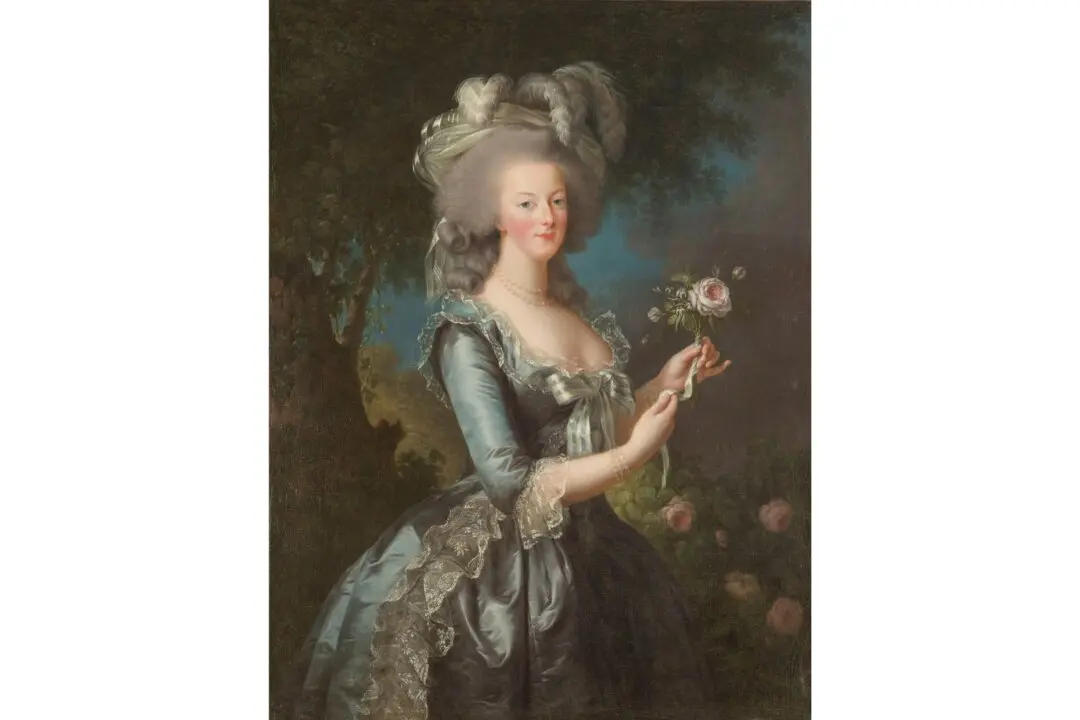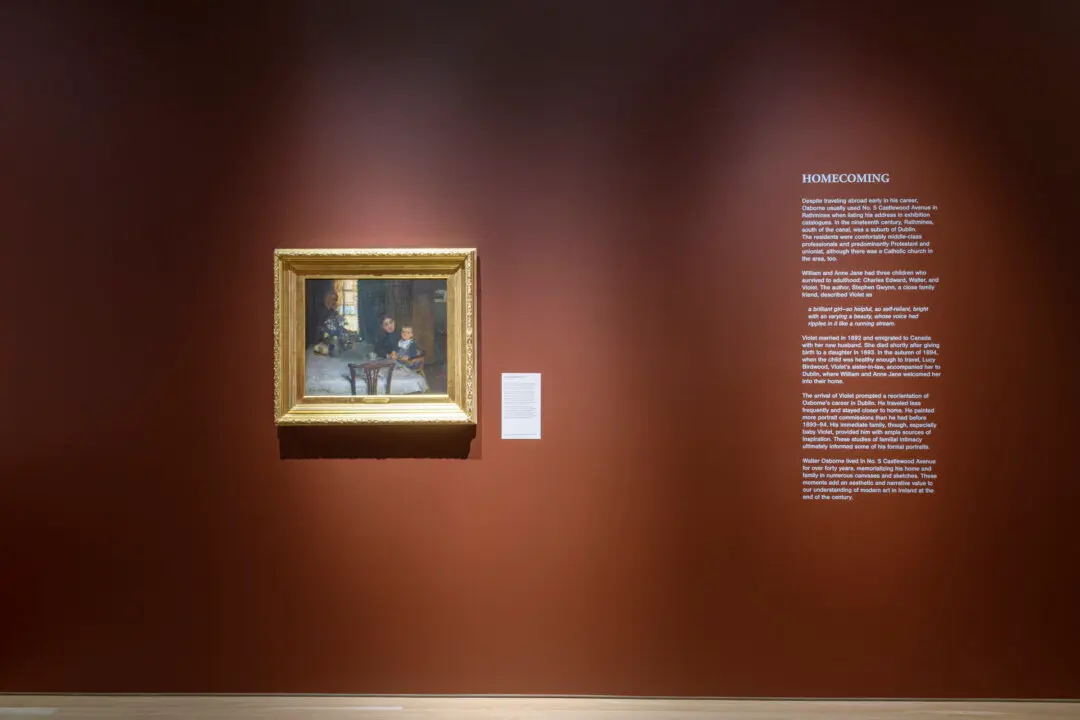Neuroscientists continue to discover how art and beauty affects our brains and cognition. New neurological evidence reaffirms what many of us instinctively know: that viewing original fine art is best.
“[Viewing] art stimulates your brain on several levels. It evokes excitement, triggers imagination, and makes you think about what you see. It’s the ultimate enrichment, activating your brain to the fullest,” Erik Scherder, professor of neuropsychology, at Vrije Universiteit Amsterdam said in a press release.Pathways of Visual Appreciation
“We are so good at vision that we tend not to recognize it as an ability or a process of any kind. But in fact it is one of the most difficult things the brain does. … Our visual appreciation of the world emerges from networks of billions of neurons in the ventral visual pathway of the brain,” said Ed Connor, professor of neuroscience and director of the Zanvyl Krieger Mind/Brain Institute at John Hopkins University.
According to the website VeryBigBrain, “The amygdala, which plays a significant role in emotional processing, can be triggered by emotionally charged artworks. The insula, involved in our sense of self and awareness, might be activated when a piece of art deeply resonates with us.Fine Art and Neuroscience
Neuroscientific studies on fine art are slowly emerging. In 2011, professor Semir Zeki, chair of neuroaesthetics at the University of London, conducted a study to see how the brain reacted to viewing beautiful paintings. Using magnetic resonance imaging (MRI), he measured the blood flow to the desire and pleasure area of the brain—the medial orbitofrontal cortex (located above the eye sockets) while study participants were shown paintings they deemed beautiful.
“The blood flow increased for a beautiful painting just as it increases when you look at somebody you love. It tells us art induces a feel-good sensation directly to the brain,” he told The Telegraph.





